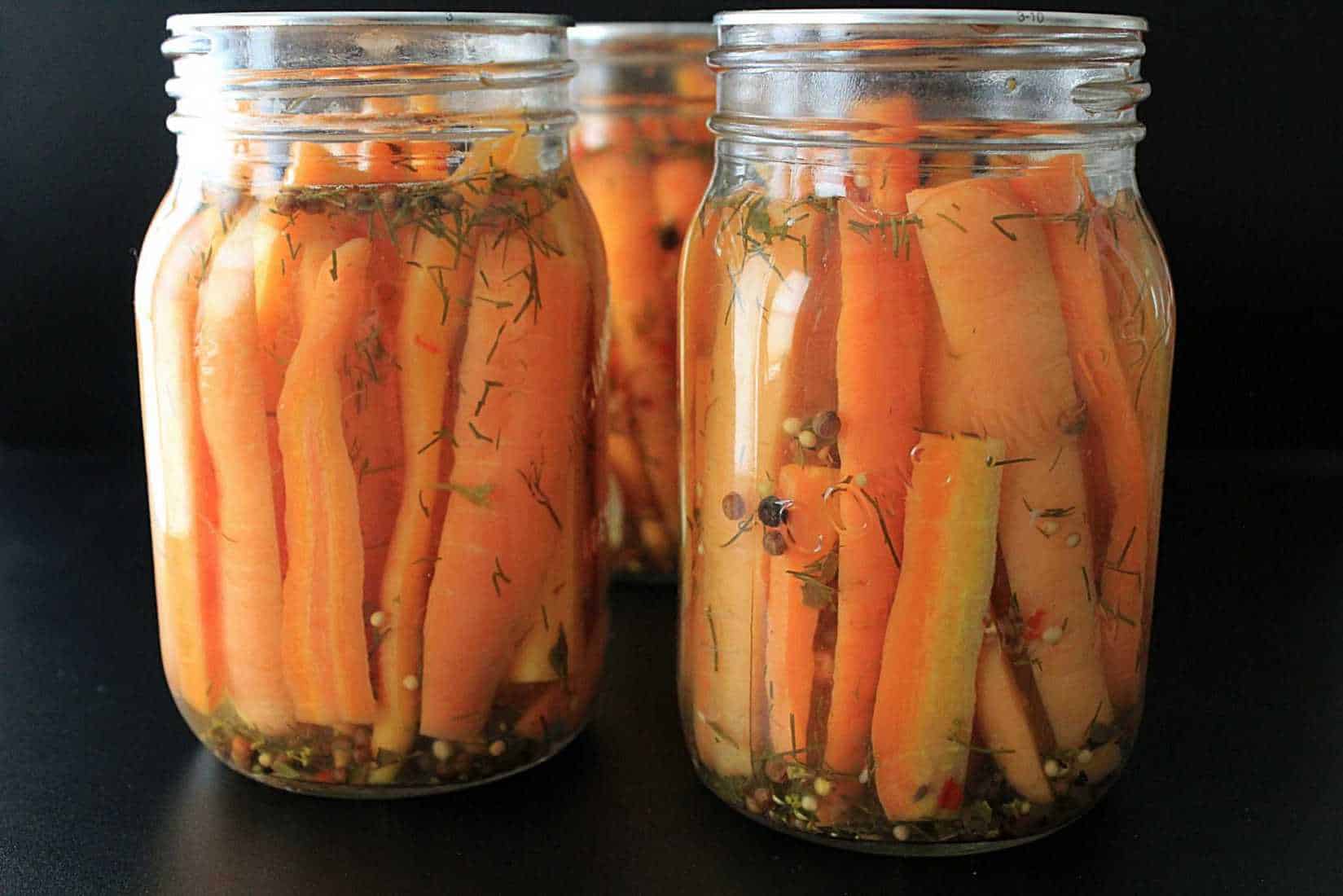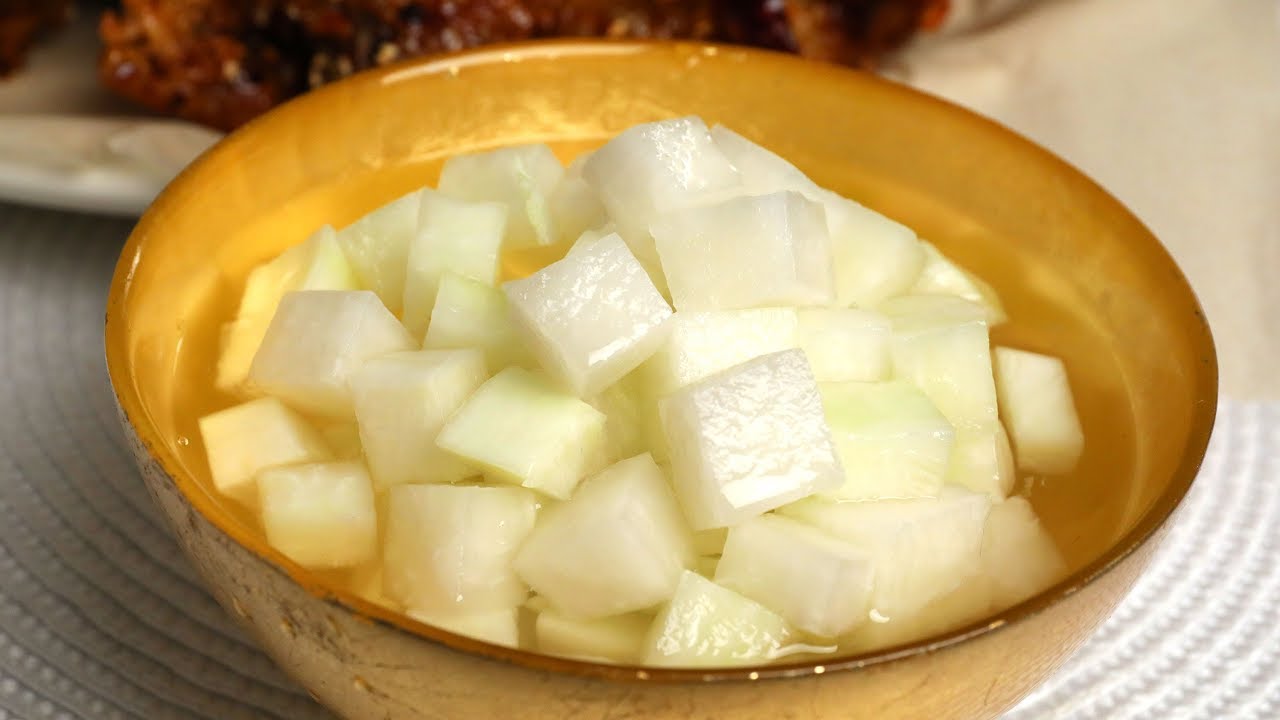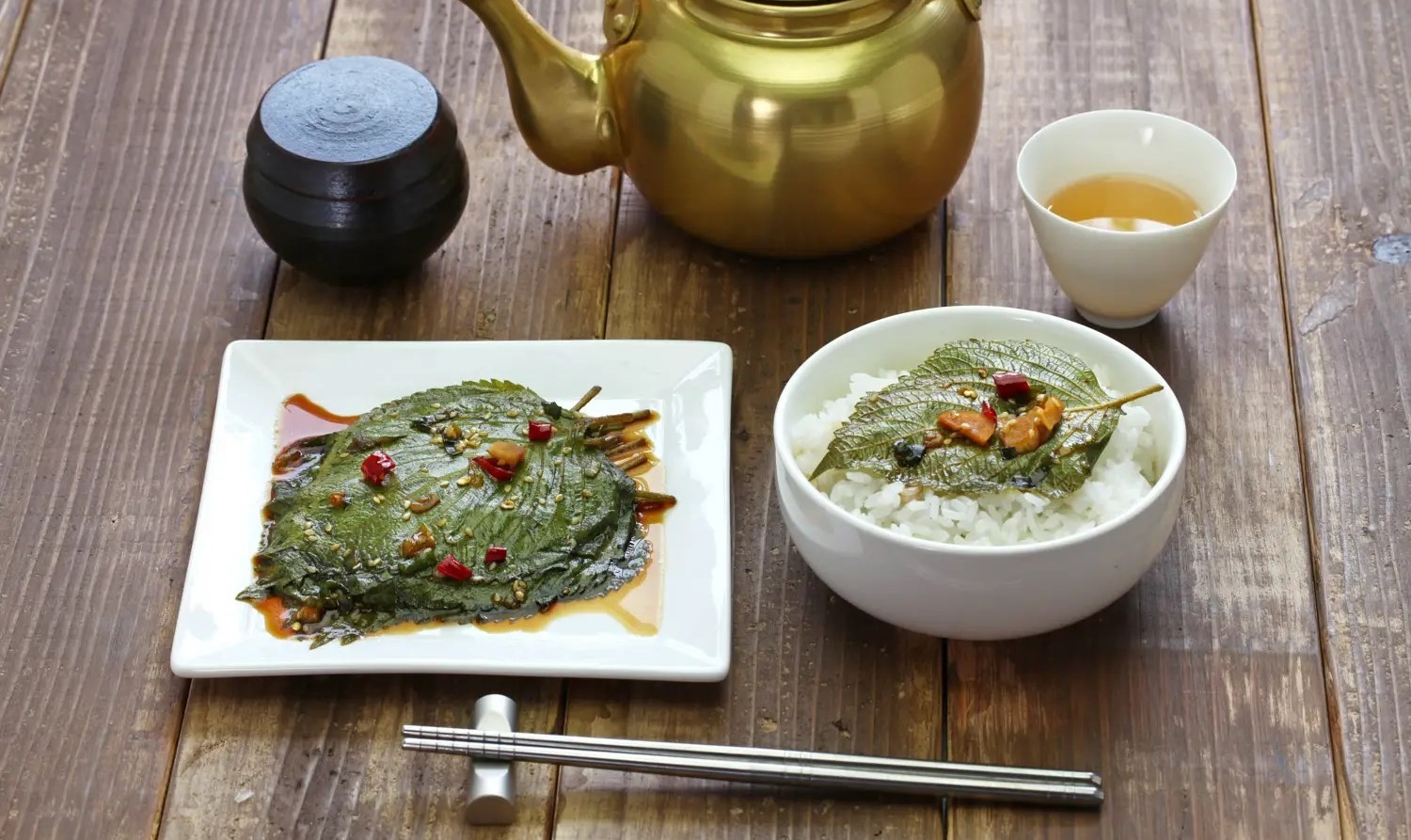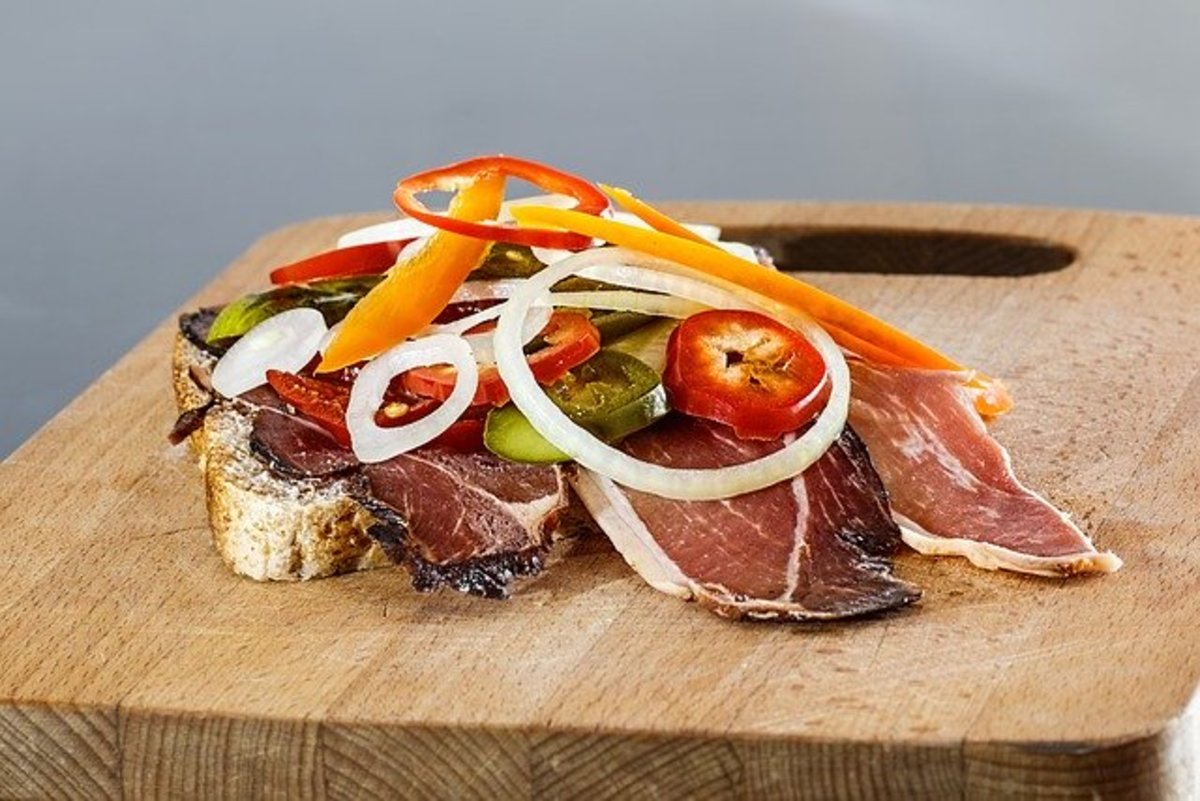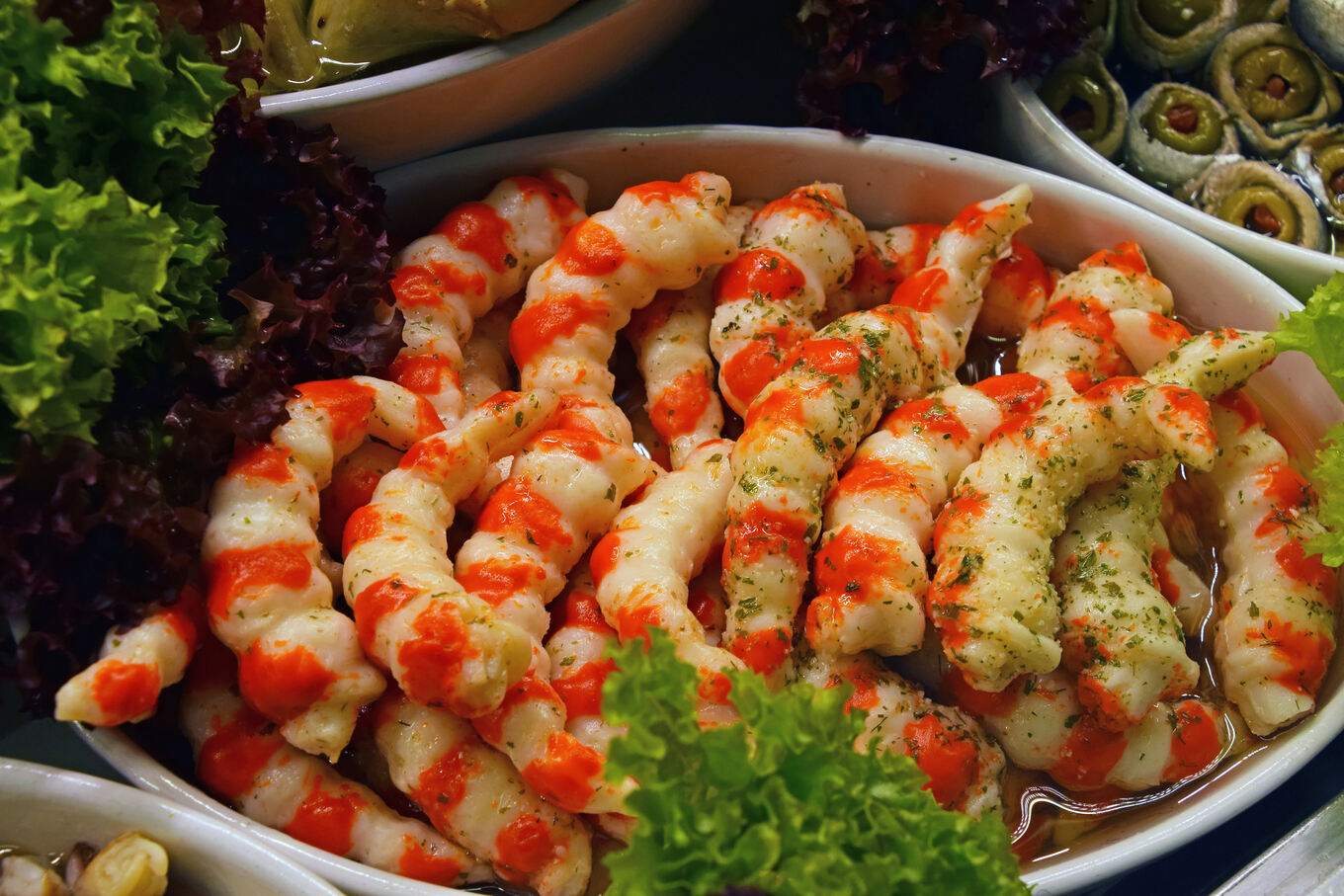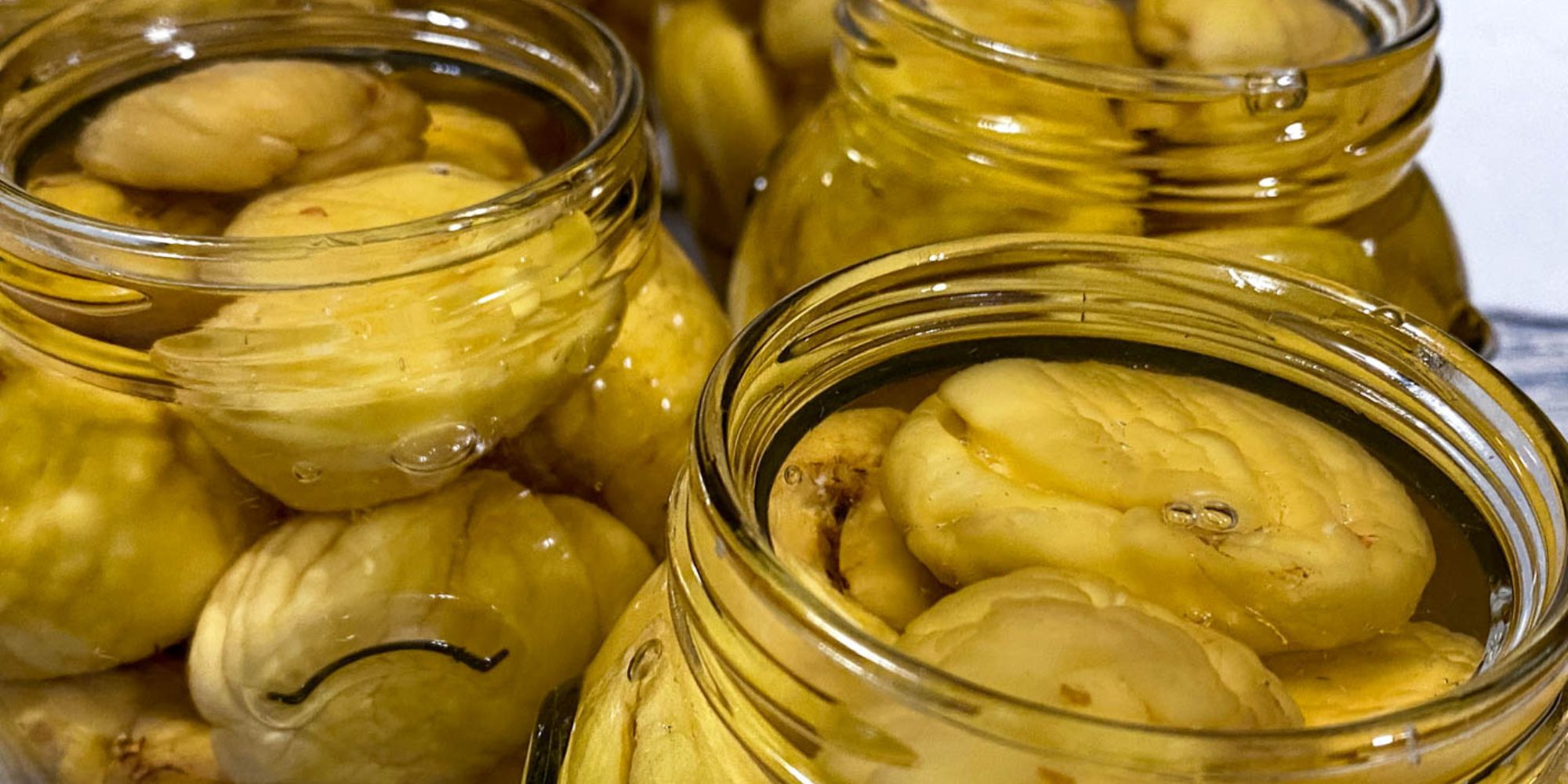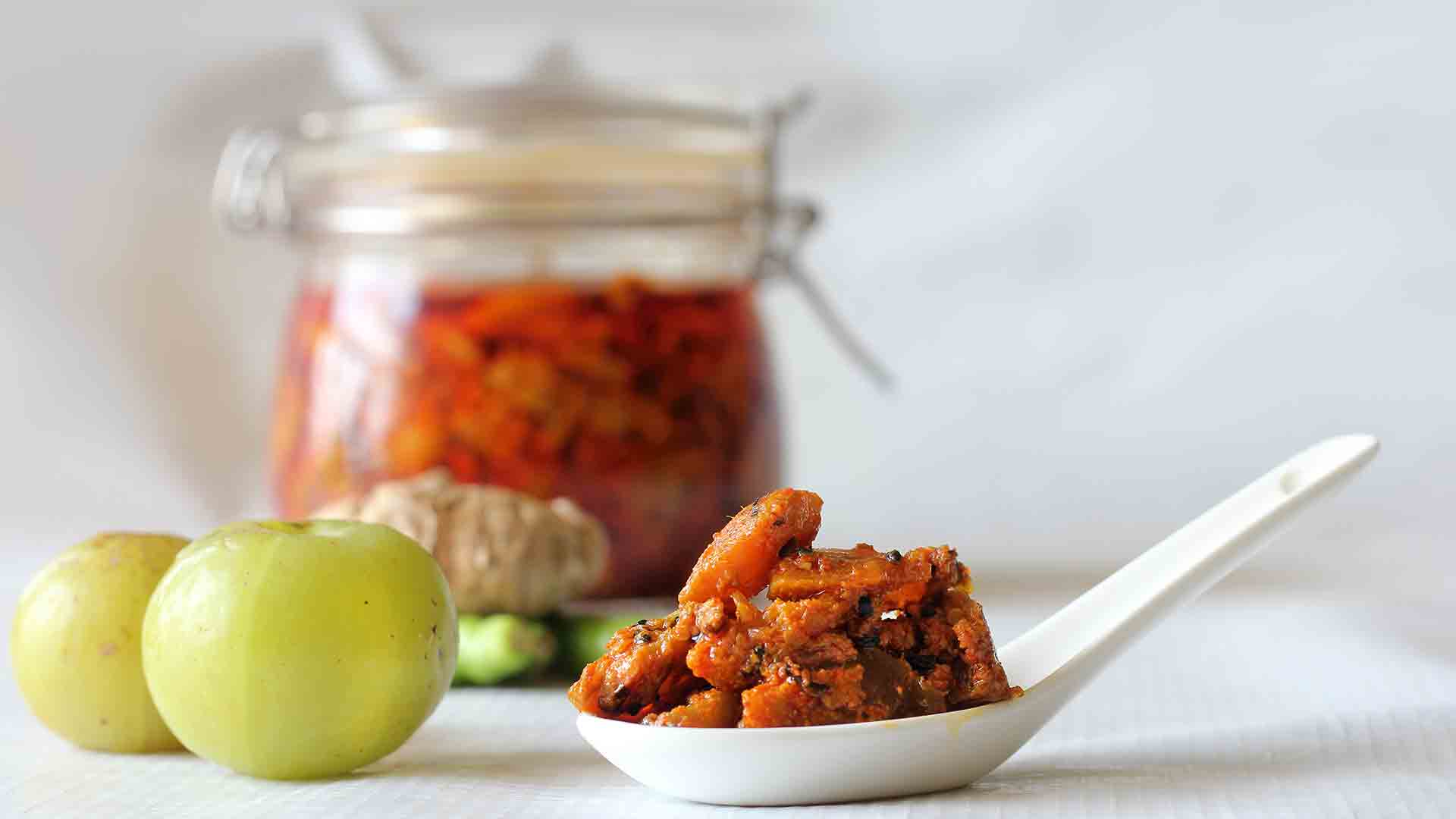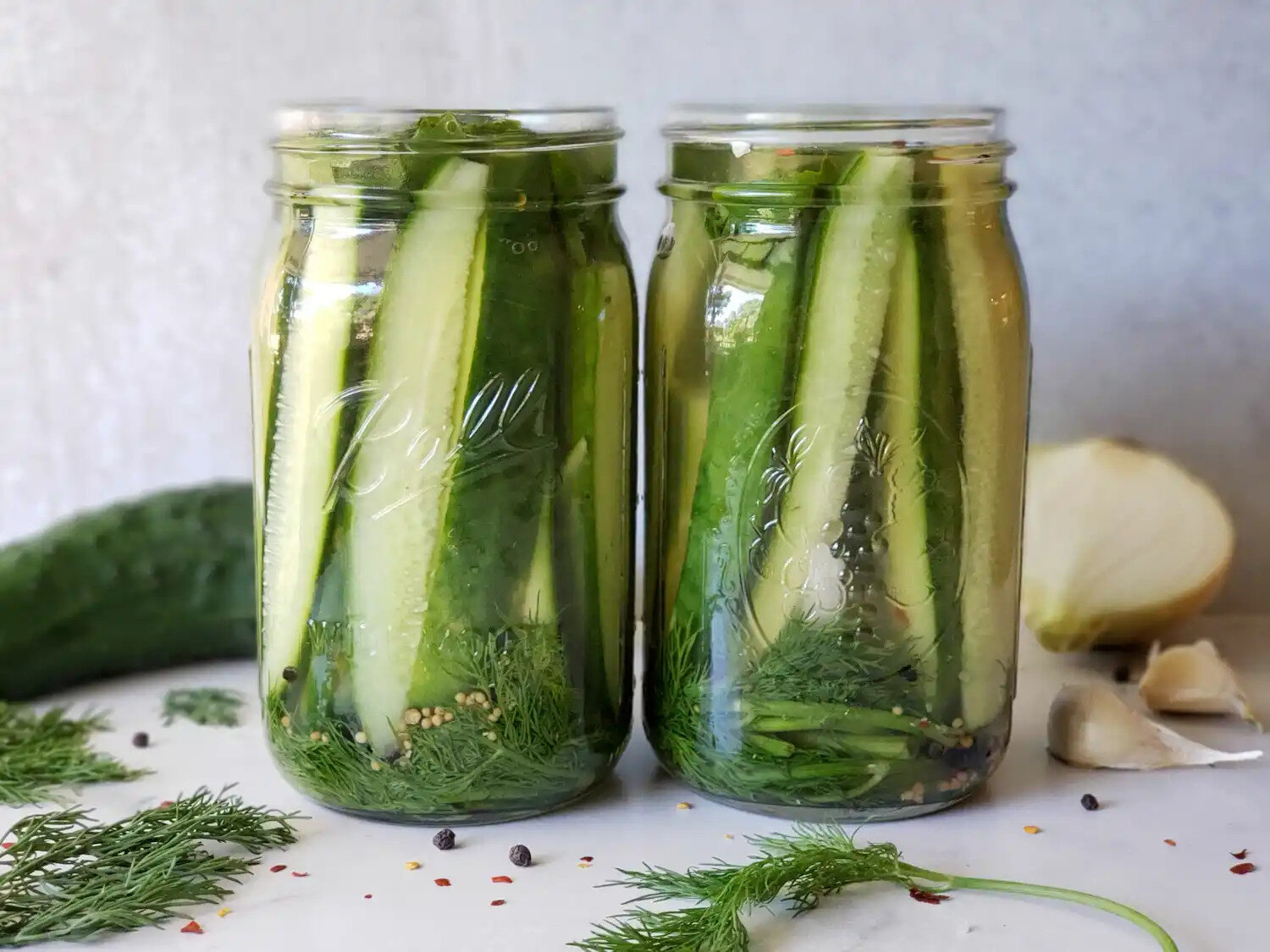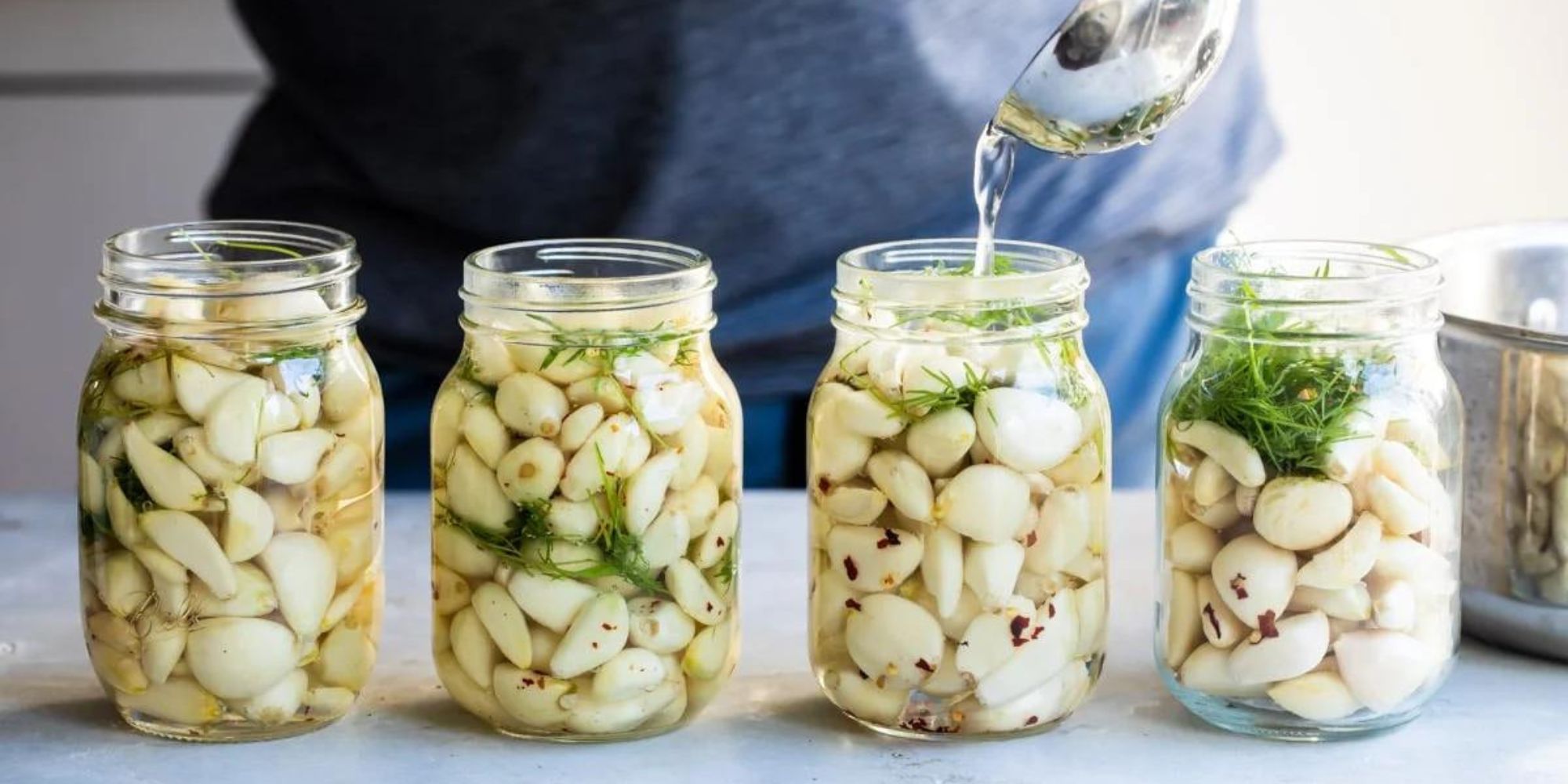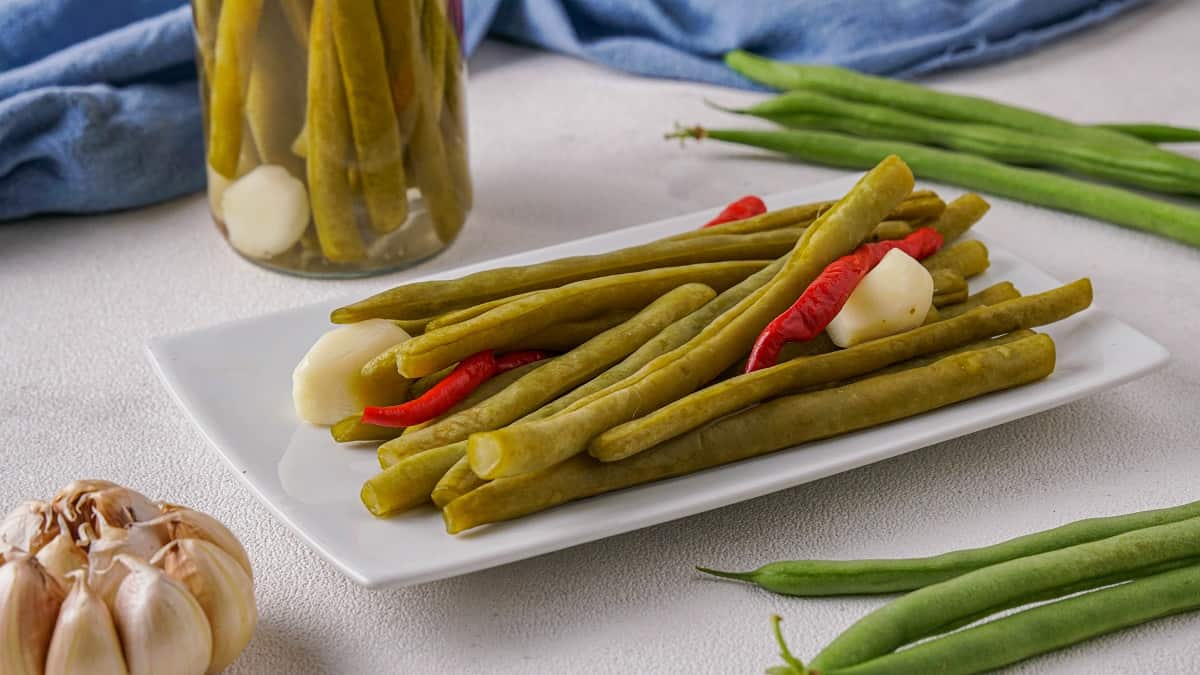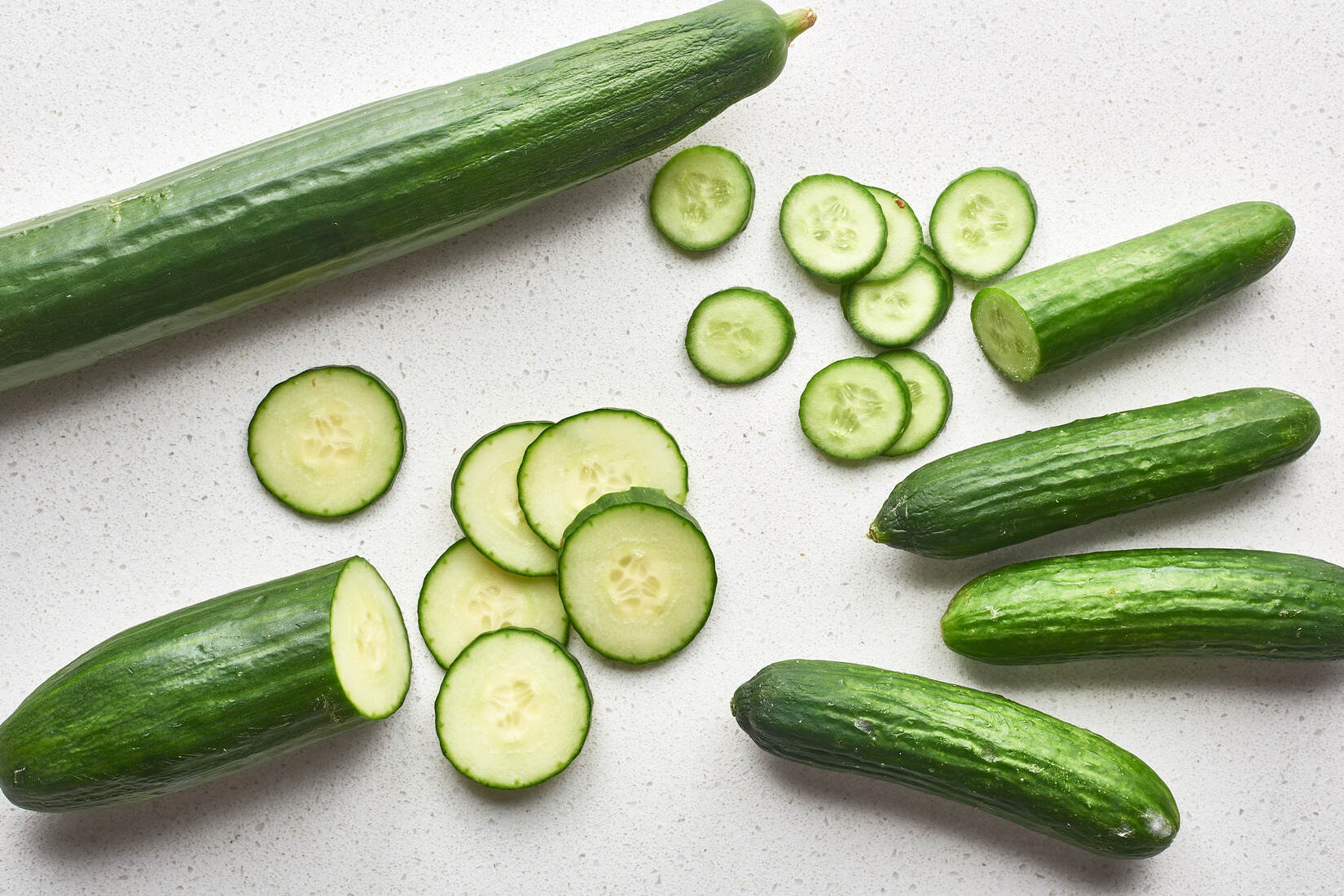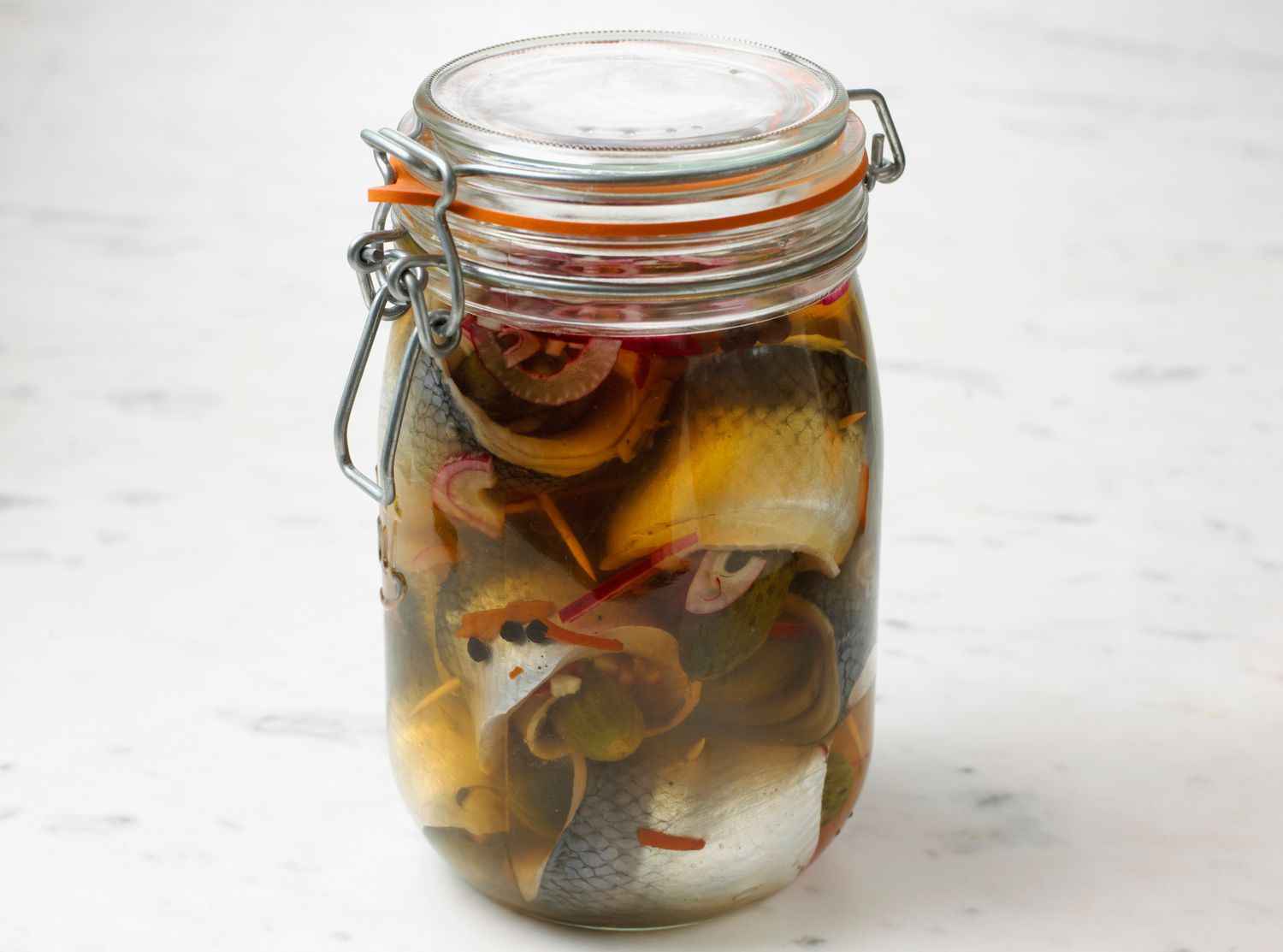Discover the Art of Pickling and Fermenting Vegetables
Welcome to the wonderful world of pickling and fermenting vegetables! This age-old preservation technique not only enhances the flavor of your favorite veggies but also provides numerous health benefits. Whether you’re a beginner or a seasoned home cook, learning how to pickle and ferment vegetables is a valuable skill that will allow you to enjoy delicious, tangy treats all year round.
Why Pickle and Ferment?
Pickling and fermenting vegetables is a fantastic way to extend their shelf life while preserving their nutritional value. The process of pickling and fermenting involves using a brine solution or natural fermentation to create an environment that inhibits the growth of harmful bacteria, allowing the vegetables to be stored for an extended period without refrigeration.
Getting Started
Before you embark on your pickling and fermenting journey, it’s essential to gather the necessary equipment and ingredients. Here’s what you’ll need:
- Vegetables of your choice (cucumbers, carrots, radishes, and cabbage are popular options)
- Sea salt or pickling salt
- Filtered water
- Jars or fermentation crocks
- Spices and herbs (optional)
The Pickling Process
When pickling vegetables, you can choose between a quick pickling method or a traditional pickling method. The quick pickling method involves submerging the vegetables in a vinegar-based brine, while the traditional pickling method involves natural fermentation. Here’s a simple guide to the traditional pickling process:
- Prepare the vegetables by washing and cutting them into your desired shapes.
- Create a brine solution by dissolving sea salt in filtered water. The ratio of salt to water will depend on the specific recipe you’re using.
- Place the vegetables in a clean jar and add any desired spices or herbs.
- Pour the brine over the vegetables, ensuring they are completely submerged.
- Seal the jar and store it in a cool, dark place for the fermentation process to occur. Check the jar regularly and taste the vegetables to determine the level of tanginess you prefer.
- Once the vegetables reach your desired level of tanginess, transfer the jar to the refrigerator to slow down the fermentation process.
The Fermentation Process
Fermenting vegetables involves harnessing the power of beneficial bacteria to create a tangy, probiotic-rich product. The process is simple but requires patience as the flavors develop over time. Here’s a basic outline of the fermentation process:
- Prepare the vegetables and place them in a clean fermentation crock or jar.
- Create a brine solution using sea salt and filtered water, ensuring the vegetables are completely submerged.
- Weigh down the vegetables with a fermentation weight to keep them submerged in the brine.
- Cover the crock or jar with a lid or cloth to allow for airflow while keeping out contaminants.
- Store the crock or jar in a cool, dark place and allow the natural fermentation process to take place. Check the vegetables regularly and taste them to monitor the flavor development.
- Once the vegetables have reached the desired level of tanginess, transfer them to the refrigerator to slow down the fermentation process.
Enjoying Your Pickled and Fermented Vegetables
Once your vegetables have completed the pickling or fermentation process, it’s time to enjoy the flavorful results! Pickled and fermented vegetables can be enjoyed as standalone snacks, added to salads, sandwiches, or served as a tangy accompaniment to your favorite dishes.
Experiment with different vegetable combinations, spices, and brine flavors to create unique pickled and fermented creations that suit your taste preferences. With a bit of practice and creativity, you’ll soon become a pickling and fermenting expert!
So, roll up your sleeves, gather your favorite vegetables, and dive into the world of pickling and fermenting. You’ll be amazed at the delicious and nutritious creations you can make right in your own kitchen!
Was this page helpful?
Read Next: How To Pickle Beets From A Can
